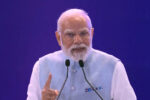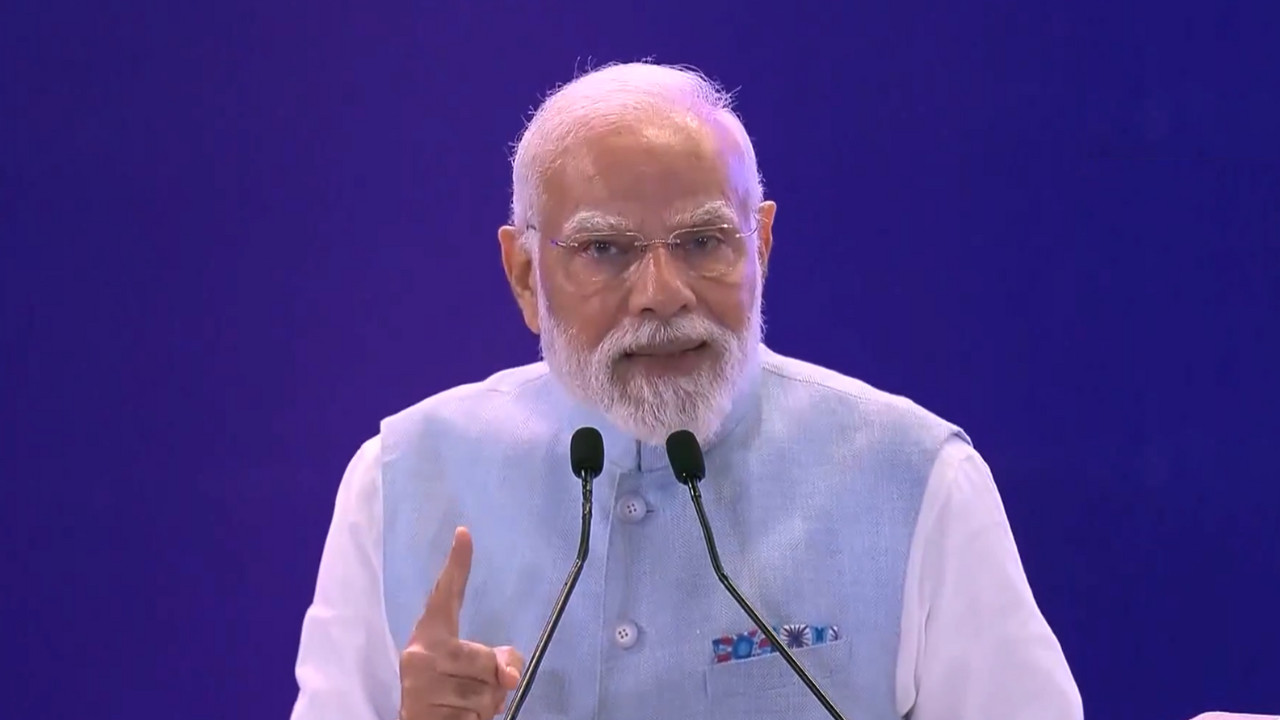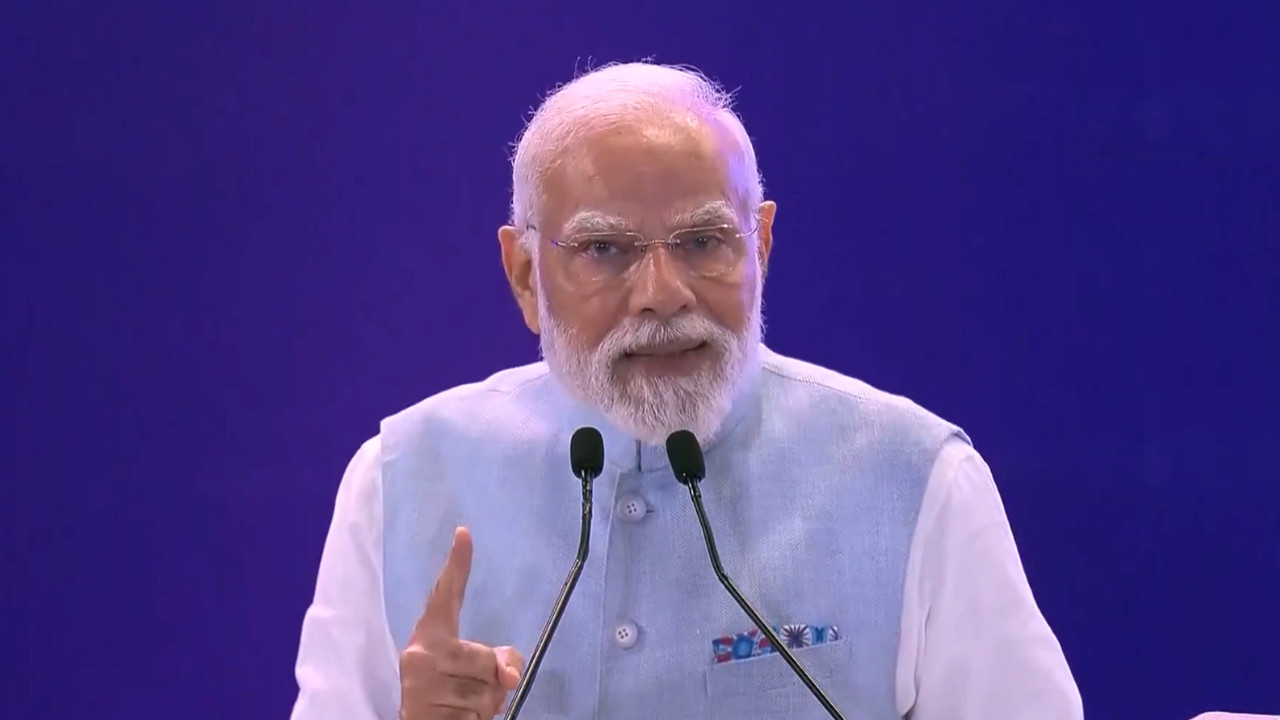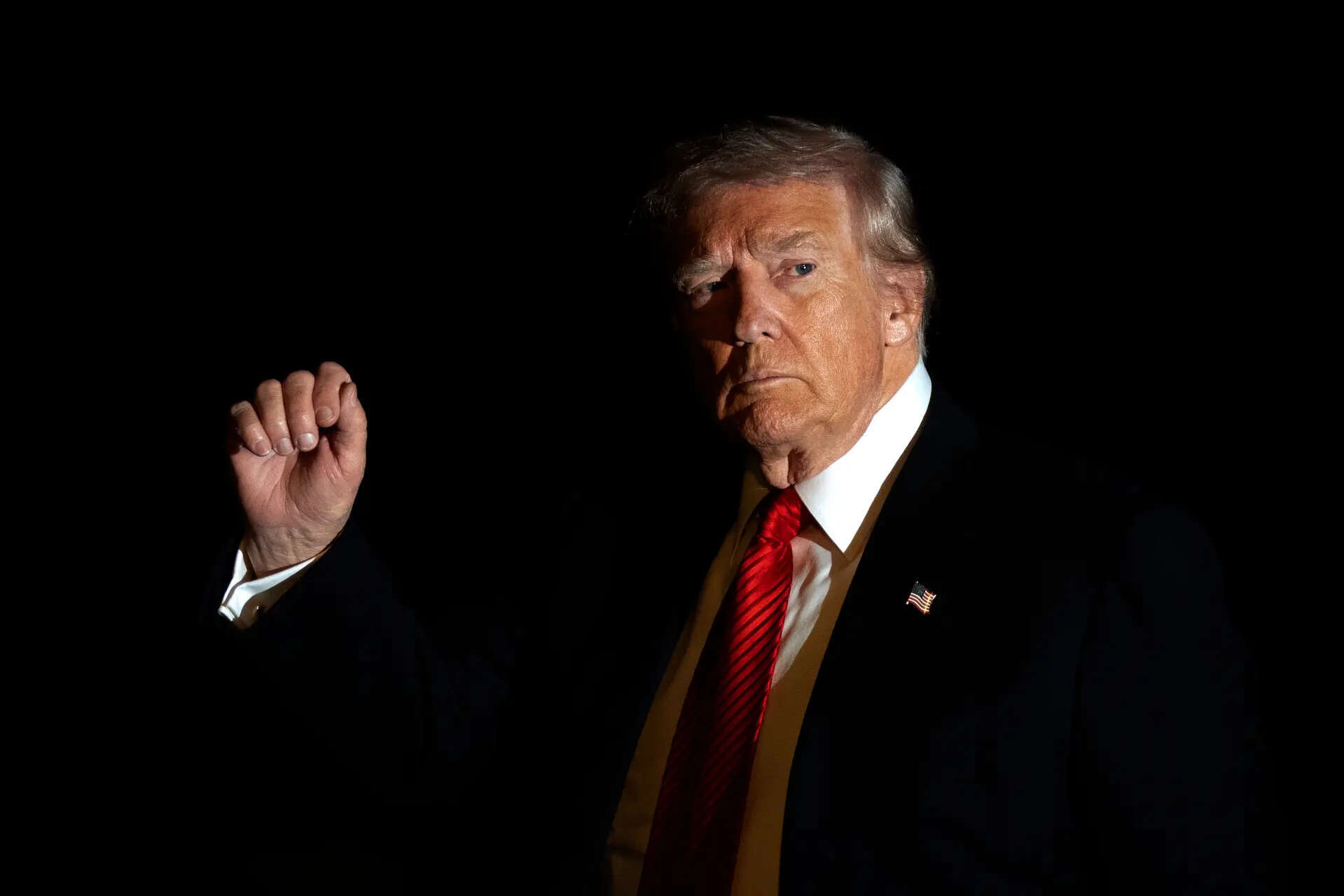India and the UK are poised to sign a free trade agreement, potentially unlocking significant tariff reductions and benefits for service sectors. The UK will grant duty-free access to 99% of Indian goods, boosting exports like textiles and engineering products. India will reduce tariffs on British whisky, cars, and other items.
A New Chapter: How the India-UK Free Trade Agreement Could Reshape Commerce
The air crackled with anticipation as negotiators from India and the United Kingdom put pen to paper (virtually, of course). The India-UK Free Trade Agreement (FTA), years in the making, is finally here, promising to usher in a new era of economic cooperation. But what does this actually mean for businesses and consumers on both sides? Let’s dive in and unpack the key takeaways of this potentially game-changing deal.
Tariff Cuts: A Boost for Trade?
At the heart of the FTA lies the promise of significant tariff reductions. Imagine this: Indian mangoes, famous for their sweetness, becoming more affordable in British supermarkets. Conversely, Scotch whisky, a beloved UK export, becoming easier on the wallet for Indian consumers. These aren’t just hypothetical examples. The agreement aims to slash tariffs on a vast array of goods, potentially eliminating duties on over 80% of traded products over time.
This is big news for exporters. Indian businesses in sectors like textiles, leather goods, and agricultural products could see a considerable boost in their competitiveness in the UK market. Likewise, UK manufacturers of machinery, chemicals, and automobiles are poised to gain easier access to the burgeoning Indian market. It’s a win-win, right? Well, the devil, as always, is in the details. The pace and specific items included in the tariff reductions will be critical in determining the real-world impact.
Opening Doors: Market Access and Regulatory Harmony
Beyond tariffs, the FTA seeks to reduce non-tariff barriers, which can often be as challenging as import duties. Think of complex regulatory requirements, differing standards, and cumbersome customs procedures. The agreement aims to streamline these processes, making it easier for businesses to navigate the complexities of international trade.
This includes mutual recognition of professional qualifications, potentially allowing Indian and British professionals, such as engineers and architects, to work more easily in each other’s countries. Furthermore, commitments to greater regulatory transparency and cooperation are intended to foster a more predictable and business-friendly environment.

Job Creation: The Promise of New Opportunities
One of the most compelling promises of any trade agreement is the potential for job creation. The India-UK FTA is no different. By stimulating trade and investment, the agreement is expected to generate new employment opportunities in both countries. Sectors that are particularly export-oriented, such as manufacturing and services, could see significant job growth.
However, it’s crucial to remember that job creation is not automatic. The FTA needs to be complemented by supportive policies, such as skills development programs and infrastructure investments, to ensure that workers are prepared to take advantage of the new opportunities. Will this India-UK Free Trade Agreement really provide the promised job creation? That’s up to careful policy management.
Navigating the Challenges: A Realistic Perspective
While the FTA offers considerable potential benefits, it’s important to acknowledge the potential challenges. Some domestic industries in both countries may face increased competition from imports, requiring them to adapt and innovate to remain competitive. Small and medium-sized enterprises (SMEs) may need support to navigate the complexities of international trade and take advantage of the new opportunities.
Moreover, the implementation of the FTA will require ongoing dialogue and cooperation between the two countries. Issues such as intellectual property rights, data protection, and environmental standards will need to be addressed to ensure that the agreement is implemented fairly and effectively. Businesses must stay informed and agile, adapting to the evolving trade landscape to maximize their potential gains.
What’s Next? Embracing the Future of Trade
The India-UK FTA represents a significant step forward in strengthening economic ties between two of the world’s major economies. While the actual impact will depend on a number of factors, including the pace of implementation and the ability of businesses to adapt, the agreement has the potential to unlock new opportunities for trade, investment, and job creation. As this agreement moves forward, it will be crucial for businesses to stay informed, embrace innovation, and actively engage with policymakers to ensure that the benefits of free trade are shared widely. Could this pave the way for more expansive international agreements? Time, and diligent negotiation, will tell.
(Related content: [link to a relevant article on international trade on the same website])







